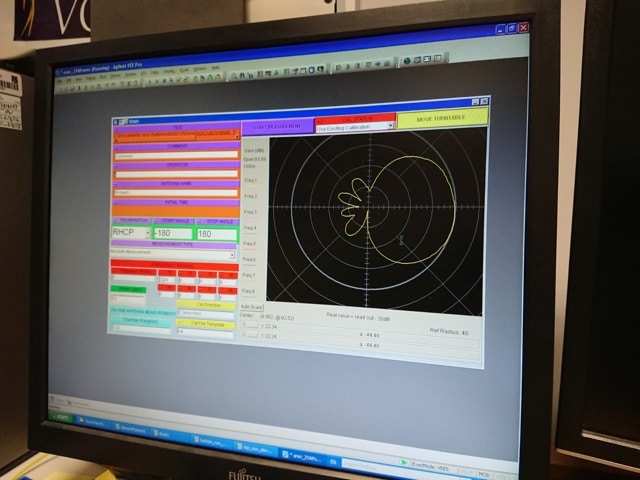
Clutch Space Systems Ltd, located at Surrey Research Park, has been providing operational software-defined solutions for the exponentially growing ground segment of space since 2018. This includes software-defined ground stations for satellite communications; software-defined satellites; constellation management and automated mission planning solutions.
Clutch Space removes the cost and complexity of satellite missions through skills, expertise and products for the control, operation and communication with satellites and other platforms, including telemetry tracking and control and handling of payload data for ground processing.
To help the company to disrupt the $7.5 billion satellite ground station market, Clutch Space looked to design, develop and test an experimental prototype of an innovative digitally-controlled antenna system that would enable smarter and more efficient communications for low Earth orbit satellites. Their solution allows a single antenna to track and communicate with up to 20 satellites simultaneously.
Accelerating a prototype
To support the development of this new prototype system, Clutch Space secured funding from the SPRINT business support programme. This enabled the company to collaborate with the University of Surrey and access expertise and facilities including the University’s 5G and 6G Innovation Centre, which is pioneering the next generation of information and communication technologies.
The primary objective of the SPRINT feasibility project was to accelerate the development and testing of an experimental prototype version of an antenna to be used in the network. This involved designing, developing, testing and validating the antenna in an anechoic chamber.
The new low-cost software-defined ground station was designed to offer S-band TT&C to LEO satellites. The implementation of the ground station required an innovative and simple digitally-controlled antenna design, along with advanced software-defined back-ends and cloud-based server infrastructure.
Benefits of the SPRINT programme:
- A prototype was successfully developed to form the baseline for a production version that can be deployed as part of a demonstration network
- Next generation system will provide 100% global availability, greater than 100 times lower costs, and more than 20 times the capacity of traditional systems
- Extending the project into a three-unit demonstrator network – next phase of development – to be funded by other programmes
- Receiving ‘very strong commercial interest from a number of locations’
- Attracting significant private investment to enable the global rollout
- Talking to University of Surrey about further design iterations and additional next generation developments for satellite communications
Market launch and growth
Martin Philp, CEO and Co-founder of Clutch Space Systems, said:
“The demand in satellite communications has risen exponentially due to the growing number of satellite launches. However, the antenna systems currently in use in the industry are still comparable to systems used in the Apollo era. After developing our software-defined RF signal processing chain, we realised the need for an equally flexible, robust, and novel antenna system, which is an essential part of our aim to deliver a fundamental change in the way satellites are operated and used in LEO.
“We’re strong on the space interface side, but developing new and novel antenna concepts was something we were looking to improve. Considering that the 5G and 6G Innovation Centres at the University of Surrey have extensive experience in antenna development and testing, defining and driving this leap of technology through strong academic research support, funded by SPRINT, was pivotal to the success of the project.”
“We now have an independently-tested, working prototype – all achieved within the within the SPRINT project. This is a massive gain for us and the relationship with the team at the University of Surrey has benefitted us enormously. The project has helped us to accelerate our market launch and growth.”
Dr Tim Brown, an academic in Radio Frequency Engineering at the University of Surrey, added:
“We took on the SPRINT project as an engineering problem to find a viable alternative to using massive dish antennas on the roofs of buildings in order to reach satellites and coordinate from multiple earth stations. As well as delivering the prototype system, the project has also greatly inspired our teaching and learning.
“With the growth of LEO satellites there’s a growing demand for low-cost antenna solutions suitable for satellite links to be scattered over the globe. This work plays an important part in that world-changing engineering plan.”